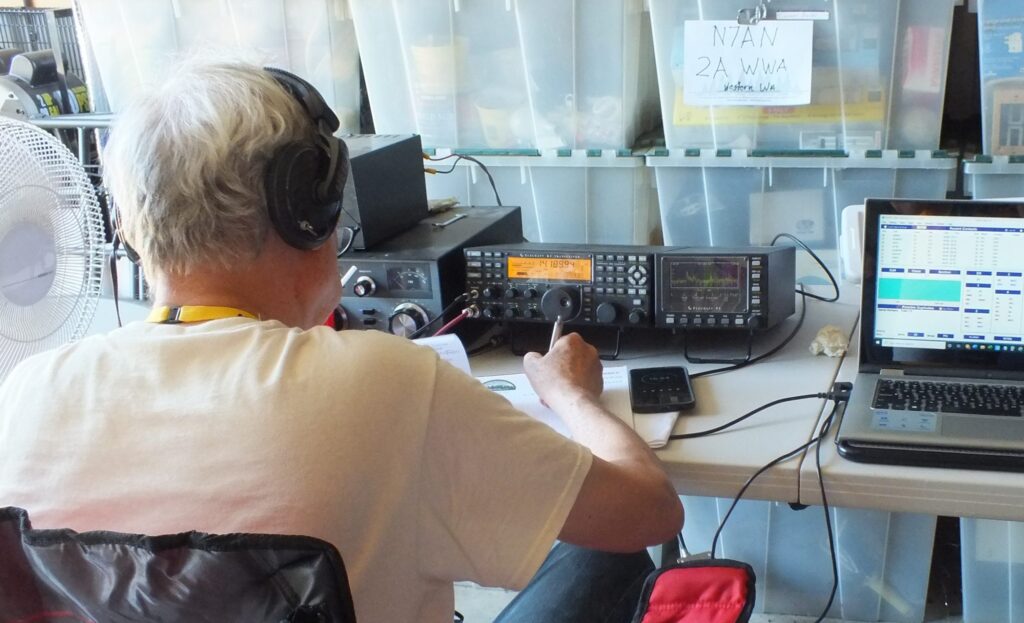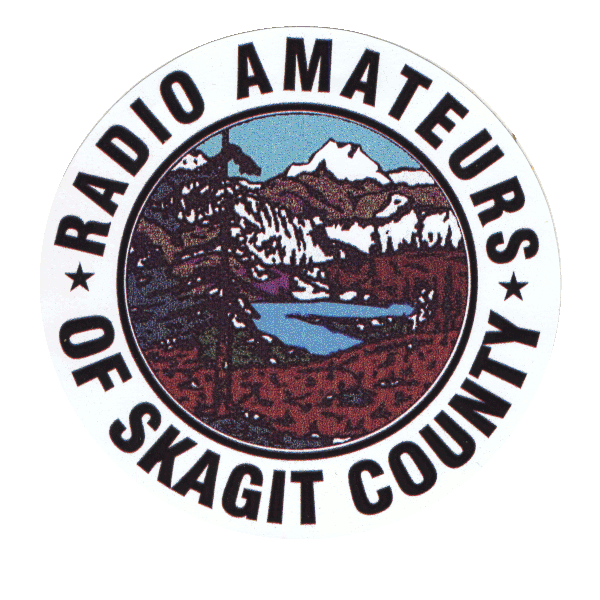The Radio Amateurs of Skagit County is a Registered 501(c)(3) Service Organization Dedicated to Promoting Amateur Radio, Providing Communications Support for Other Organizations, and Encouraging Visitors to Learn About Ham Radio.
.

.
“Amateur Radio saves lives.”
Amateur Radio operators, due to their history of public service, their training, and the requirement that they be licensed by the FCC, have earned their status as a component of critical communications infrastructure and as a reliable resource “when all else fails.”
Amateur Radio is about development of communications and responsible public service.
-ARRL
RASC NEWS
♦ Signal Reports On Repeaters Vs Simplex
ARRL NEWS

